The themes woven throughout this book – scientific, sustainable, customized and flexible – are a big part of what make The Lean Muscle Diet unique, appealing, effective, and a breath of fresh air. It might sound unbelievable to say that The Lean Muscle Diet shows you how you can eat the foods you love and that eating the foods you prefer is precisely how to get lean and stay lean for life, but that’s exactly what this book delivers – along with the science to back it up.
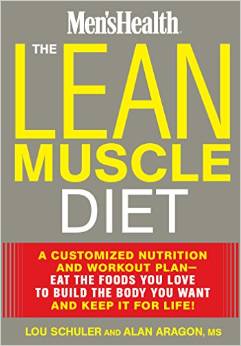
The diet industry today is rife with gimmicks, pseudo-science and out-right fraud. Co-author Alan Aragon is arguably the number one advocate for and authority on evidence-based nutrition, so there is no one better to debunk diet myths and misconceptions. If you want the truth about low carb, paleo, and anti-dairy, anti-wheat, anti-gluten, anti-meat and other forbidden food mentalities that pervade the industry today, then this book is for you.
The authors do not demonize individual foods or attack other programs. In fact, The Lean Muscle Diet acknowledges that all weight loss diet programs are right – well, at least about something – they all have their own way of getting you to eat less, whether they admit it or not.
The difference in the Lean Muscle Diet is, you get the relief of knowing that unless you are intolerant or allergic, you don’t have to obey any strict rules that involve cutting out wheat, grains, gluten, dairy, meat or any of the foods you love. You simply have to learn how to make the foods you prefer fit into the calorie, protein, carbohydrate and fat levels that are suited for your body, your goals and your activity.
Recent attempts by other experts to communicate the concept of flexible dieting have been commendable but too often, fall short or completely go off the rails, giving the impression that you can (and should) eat more junk food, as long as it “fits your macros.” Alan’s “80-10-10” system is the best “flexible eating” approach I’ve seen yet. That’s because of how Alan quantifies his definition of flexible eating with specific numbers and (strongly) emphasizes food quality in the same breath as he encourages you to enjoy a little bit of “junky goodness.”
Even knowing this is a by-the-numbers program that requires a little math, you can relax as the authors point out that in a human body living in the real world, none of this is a perfect science and it doesn’t have to be. The big message is that calorie quantity and calorie quality both count.
The other author in this two-person collaboration is Lou Schuler, one of the most prolific fitness writers. Lou’s writing style makes this book belly-laugh entertaining in parts, as well as informative. It’s an easy read that a layperson can take in, absorb and apply quickly. You get just enough science to feel reassured, but not so much it feels like you’re reading a clinical journal (readers who want more of the science should look up Aragon’s research review).
In the second half of the book, Schuler gives you a full body training program made up of the most important barbell and dumbbell exercises, combined with some kettlebell, cable and body weight movements. There are three full-body workouts within each cycle to keep it interesting (good variety). There’s a strong emphasis on core training, and warm up and safety are stressed.
The training portion includes photos, excellent exercise descriptions with muscle function fully explained, as well as workout charts to take in the program at a glance. Substitutions are easy to make and exercise progressions are provided in the “need a bigger challenge?” sections, so even experienced lifters can get a good workout. It’s not a bodybuilder style of training, but leaving out that 5-10% of the training population means its ideal for 90-95% of regular guys.
This book is written in the Men’s Health style, but I’d recommend it to women as well, as long as the ladies don’t mind the masculine references (and jokes). If you’re female and you insist on a training book that speaks directly to women, check out Schuler’s, the New Rules of Lifting For Women.
New readers as well as long-time fans of the authors may correctly note that this is not really a “diet” book at all – not only because nearly half the book is about training, but because it’s more like an “anti-diet” book. Traditional “diet” book or not, it’s refreshing to see this in the stores on the “diet program” shelves… because that means at least one less fad diet book is up there.
Order From Amazon: www.amazon.com/gp/product/1623364183/
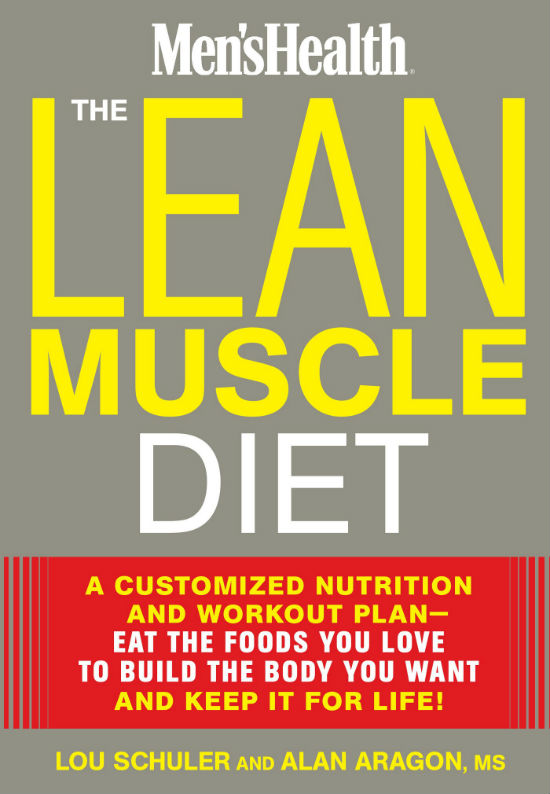
Disclosure: I received a review copy of the book prior to publication. I’m a fitness author and have followed Lou since his 2003 Book of Muscle and Alan since 2006 when he started his research review. I am an amazon affiliate.
Subscribe to the Burn the Fat weekly newsletter and get my ebook, "The 20 Best Fat-Burning, Muscle-Building Recipes Of All Time" FREE!
Your email is safe with me!

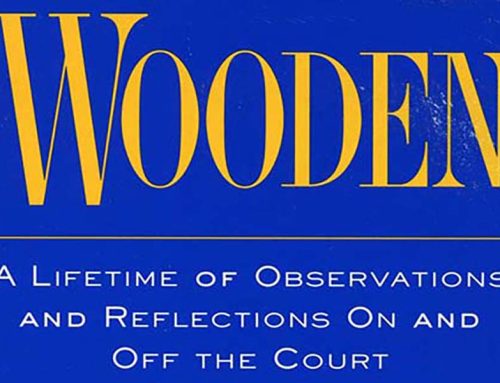
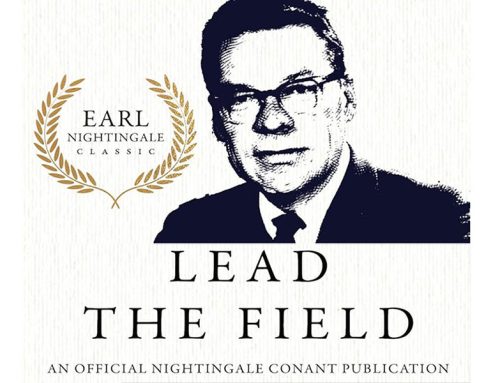
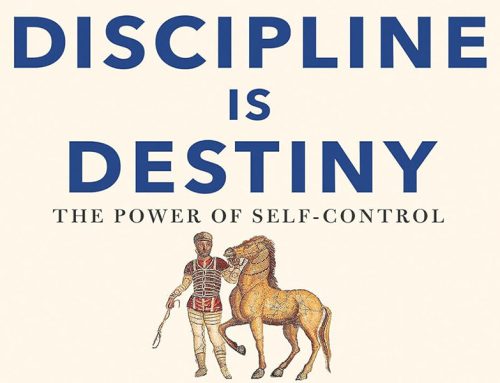
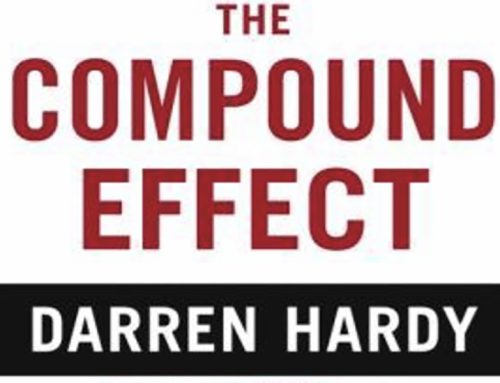
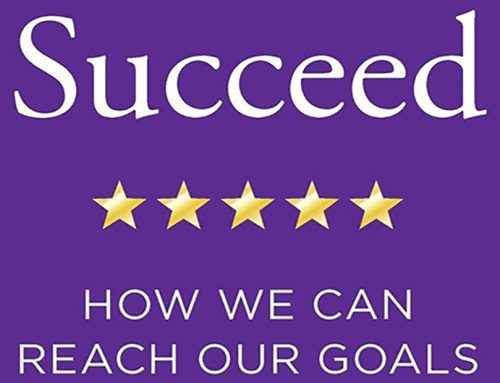
I love reading Alan’s stuff. I’d love to see your thoughts on “Fat Loss Begins on Monday” by Josh Hillis and Dan John, it’s what I’m currently reading.
chris, im reading it now. Ive enjoyed dans previous work – never let go, etc